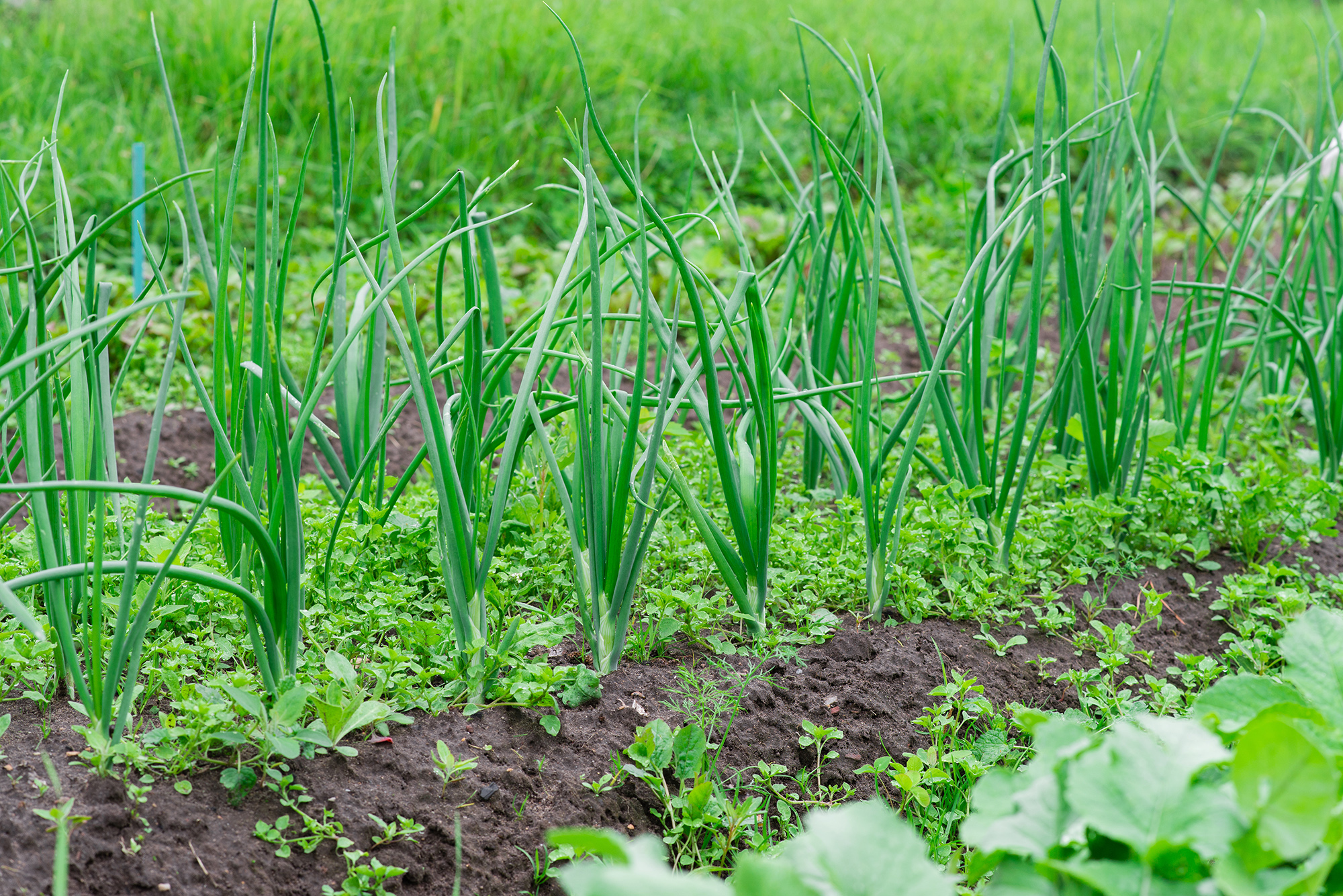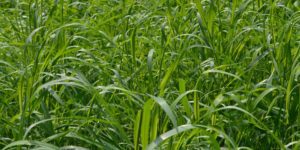ONION WEED MANAGEMENT
Onion (Allium cepa) is an important and one of the most consumed vegetable crop. It is grown on both large and small scale farms, in greenhouses and in open gardens. However, the crop does not compete well with weeds and can thus suffer from successive flushes of weeds, and have narrow upright leaves which do not shade out weeds tat emerge from the crop rows. A weed is any plant growing in a wrong place, usually considered undesirable. Weeds compete with the crop of interest for growth factors including nutrients, moisture and space, and may completely suppress the crop if uncontrolled. Besides, they harbour pests and diseases which can significantly reduce yields.
Common onion weeds
A wide range of weeds grow in onion fields. These include the following;
| Broadleaf weeds | Grass weeds |
| Sow thistle (Sonchus oleraceae) | Goose grass (Eleusine indica) |
| Purslane (Portulaca Oleraceae) | Common wild oats (Avena fatua) |
| Double thorn (Oxygonum sinuatum) | Barnyard grass (Echinochloa crusgalli) |
| Mexican marigold (Tagetes minuta) | Star grass (Cynodon spp) |
| Devil’s thorn (Emex australis) | Italian grass (Lolium multiflorum) |
| Thorn apple (Datura stramonium) | Nutsedge (Cyperus spp) |
| Pig weed (Amaranthus spp) | Winter grass (Poa annua) |
| Gallant soldier (Galinsoga parviflora) | Guinea grass (Panicum spp) |
Importance of proper weed management
- Weeds directly compete with plants for growth factors like sunlight, water, nutrients, space, and this makes the crop weak and susceptible to attack by pathogens.
- They greatly reduce crop yield as well as its general performance.
- They harbor pests and diseases.
- Some are parasitic while others are harmful when eaten by livestock and humans.
- Some weeds can damage the crop by producing toxic substances.
- They cause harvesting problems, especially those that develop late in the crop season.
- Generally, plants in wrong places look ugly.
Benefits of early/timely weed management
- It helps in protecting the yield potential of the crop by eliminating competition
- It protects the palatability and nutritional potential of the crop
- It substantially curtails opportunities for pests’ establishment in the crop
- Young weeds are easier to control (they absorb and translocate herbicides better)
- Weeding can be less effective in times of drought stress, which mostly occurs at later dates of the season
Management & Control
To obtain high and quality yields, proper weed management is required. Some of the commonly used methods include;
Chemical method
This method involves the use of herbicides. This method is highly preferred because;
- It is fast and easy to apply
- There is no mechanical damage to the crop.
- It is cost effective
- Weeds with similar morphological factors with crop are effectively controlled.
The following herbicides are recommended for use in controlling onion weeds:
1. WEMBE 200 SL
Is a non-selective Post emergence herbicide which controls Annual and perennial grasses and broad leaved weeds. By applying WEMBE 200 SL during land preparation, you can effectively clear the area of unwanted weeds, even those that are particularly resilient or challenging to control.
Rate of use: 3.0Litres per Hectare (300ml in 20L)
2. CATAPULT 480 SL
Is a non-selective Post emergence herbicide which controls Annual and perennial grasses and broad leaved weeds. Use CATAPULT 480 SL during Land Preparation to clear all weeds.
Rate of Use: 2.0Litres per Hectare (200ml in 20L)
3. COMMANDER 240 EC
Selective Early Post emergence or Post Transplant herbicide (2-14 days after transplanting), to control Annual grasses and broad leaved weeds.
Rate of Use: 1.0Litres per Hectare (50ml in 20L)






